The Catholics around the world are mourning the demise of Pope Francis, the first Latin American pontiff, who was known for raising his voice for the poor and migrants. The Vatican announced the death of the Roman Catholic Church leader in a video statement on Monday (April 21).
Cardinal Kevin Ferrell, the Vatican camerlengo, said: “At 7.35 this morning, the bishop of Rome, Francis, returned to the home of the Father. His entire life was dedicated to the service of the Lord and of his church.″
Francis’ death comes a day after the 88-year-old’s public appearance on Easter Sunday when he blessed thousands of people in St. Peter’s Square from his open-air popemobile, drawing cheers from the crowd.
Pope Francis witnessed several health issues during his 12-year papacy. He recently survived a serious bout of double pneumonia after being hospitalised for weeks.
Let’s take a closer look.
Pope Francis’ final days
Pope Francis spent his last days in the service of the church, participating in Easter celebrations on Sunday (April 20).
He visited prisoners at Rome’s Regina Coeli prison on Thursday and St. Peter’s Basilica, dressed in plain attire, on Saturday evening, as per CNN.
The pontiff made his last public appearance on Easter Sunday, offering the “Urbi et Orbi” blessing to the “City [of Rome] and to the World”.
His final message, read by an aide on his behalf, was one of peace and “respect for the views of others”.
Remebering the people of Gaza, especially its Christian population, the pope said the conflict “causes death and destruction” and creates a “deplorable humanitarian situation”. He also described the growing global antisemitism as “worrisome”.
“What a great thirst for death, for killing we see in the many conflicts raging in different parts of the world,” he said.
“I express my closeness to the sufferings… for all the Israeli people and the Palestinian people,” the pope said. “Call a ceasefire, release the hostages and come to the aid of a starving people that aspires to a future of peace.”
He also called on all parties involved in Russia’s war with Ukraine to “pursue efforts aimed at achieving a just and lasting peace”.
Francis had a brief private meeting with United States Vice President JD Vance on Sunday, presumably the last foreign leader the pope met.
Vance, who is on a four-day trip to India, said he was “happy to see” the pope on Easter Sunday, “though he was obviously very ill.”
“I just learned of the passing of Pope Francis. My heart goes out to the millions of Christians all over the world who loved him,” he wrote in a post on X on Monday.
“I was happy to see him yesterday, though he was obviously very ill. But I’ll always remember him for the below homily he gave in the very early days of COVID. It was really quite beautiful.”
Pope Francis’ recent hospitalisation
Pope Francis was near death just a few weeks before. He was admitted to Gemelli Hospital in Rome on February 14 for a respiratory tract infection. It worsened and developed into double pneumonia in both lungs.
He also experienced “initial, slight insufficiency” in his kidney function at the time, as per the Vatican. There was a point when physicians considered stopping treatment to let the pontiff pass away peacefully.
Sergio Alfieri, a physician at Gemelli hospital, told Italy’s Corriere della Sera in an interview last month that two weeks after Francis’ hospitalisation, the medical team had to “stop and let him go or force it and try all the drugs and therapies possible.”
The pope’s personal health assistant, whom he had delegated health care decisions, told the team to “try everything, don’t give up.”
The pontiff was discharged from the hospital on March 23. However, he had to undertake physiotherapy as he was unable to speak for long periods due to his respiratory issues, reported CNN.
The 38-day hospital stay was the longest for Francis since his election as pope in March 2013.
History of ill health
Born on December 17, 1936, in Buenos Aires as Jorge Mario Bergoglio, Francis had a history of lung issues.
After an intense bout of pneumonia at the age of 21, the upper part of his right lung had to be removed, leaving him at risk of infection throughout his life.
In July 2021, Francis had part of his colon removed due to a painful bowel condition called diverticulitis. The pope underwent surgery for an abdominal hernia in 2023, as it was causing intestinal blockages.
Francis – the first ever Jesuit pope – suffered from sciatica, a pain that originates along the sciatic nerve, extending to the back, hip and leg.
He also suffered from pain in his right knee, which he described as a “physical humiliation”. Francis had been using a wheelchair or a cane since 2022 because of bad knees.
Since the beginning of 2023, he had experienced bouts of influenza and related health issues. In November of that year, the pope had to suspend a planned visit to the United Nations COP28 climate meeting in Dubai owing to the effects of influenza and lung inflammation, as per Al Jazeera.
Francis also fell twice at his residence in recent months. The fall last December left him with a bruised chin, while another in January led to an injured arm.
With inputs from agencies


)
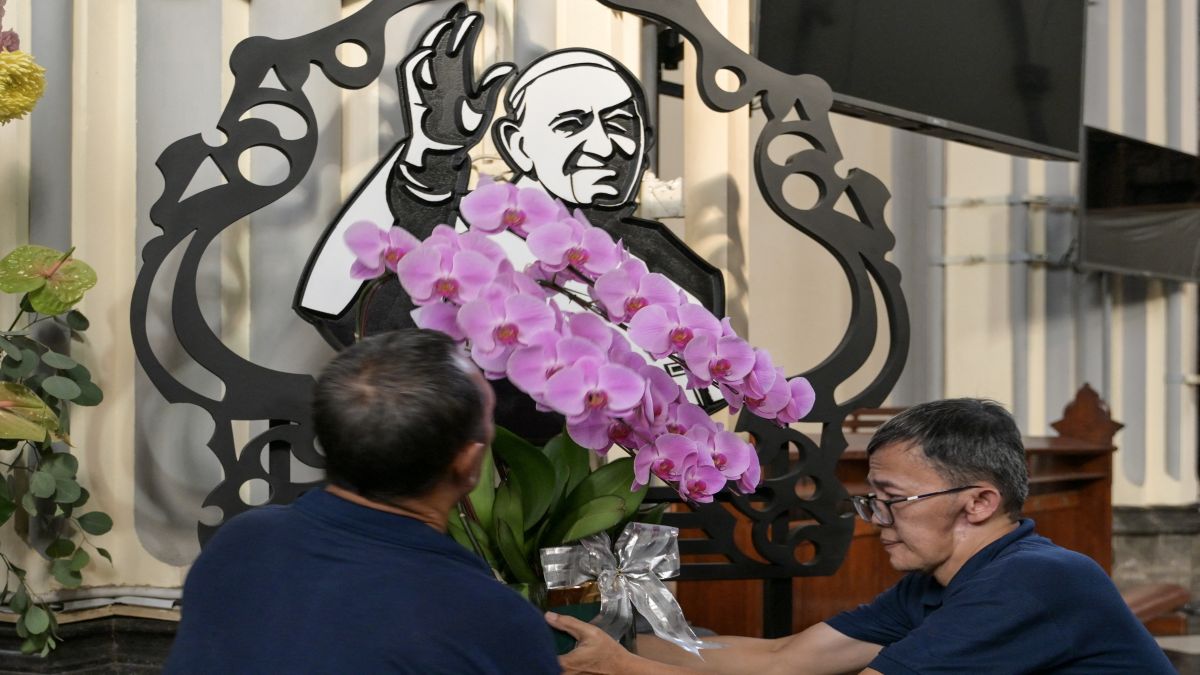)
)
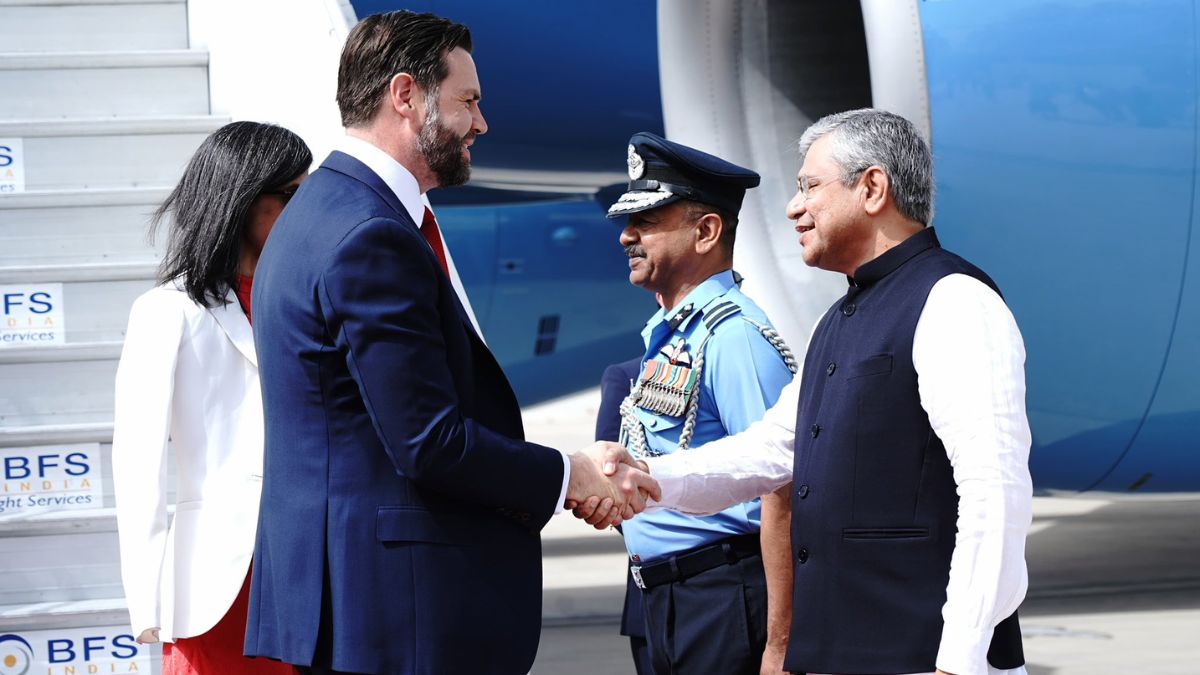)
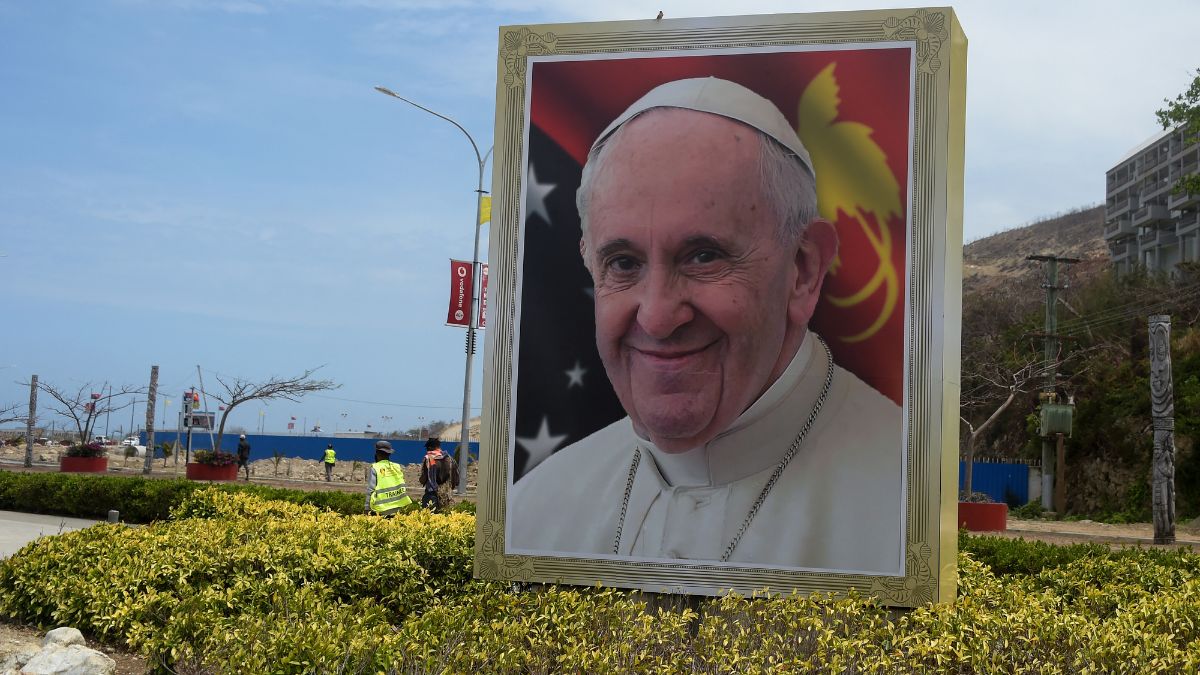)
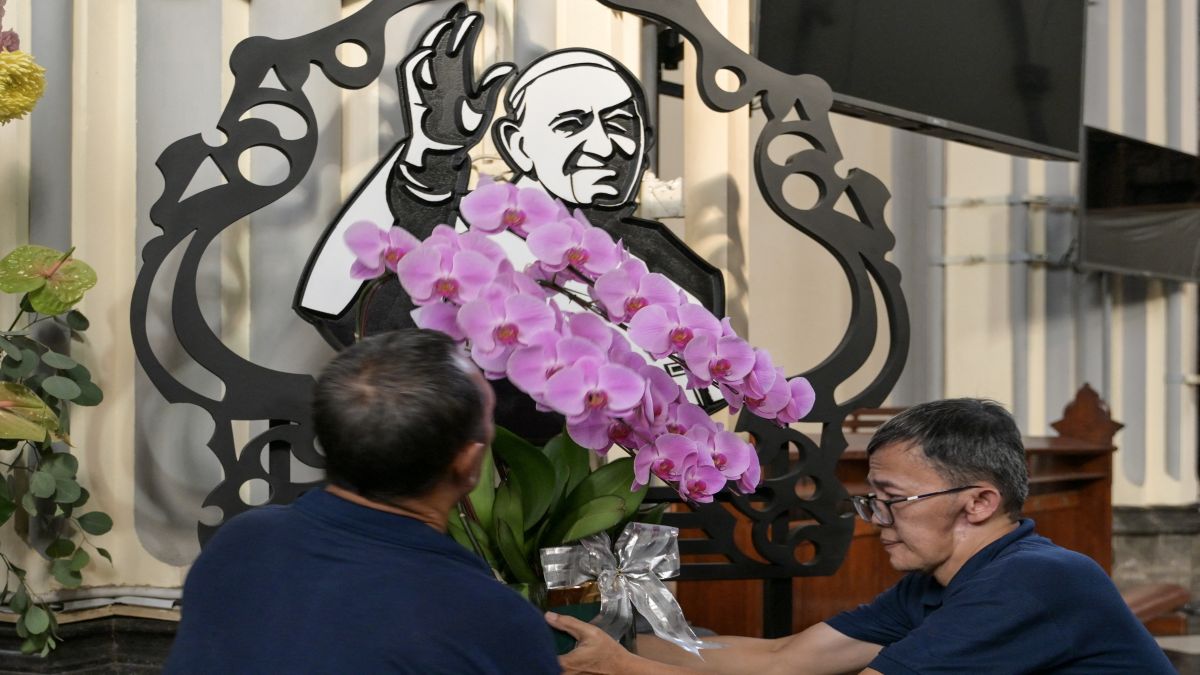)
)
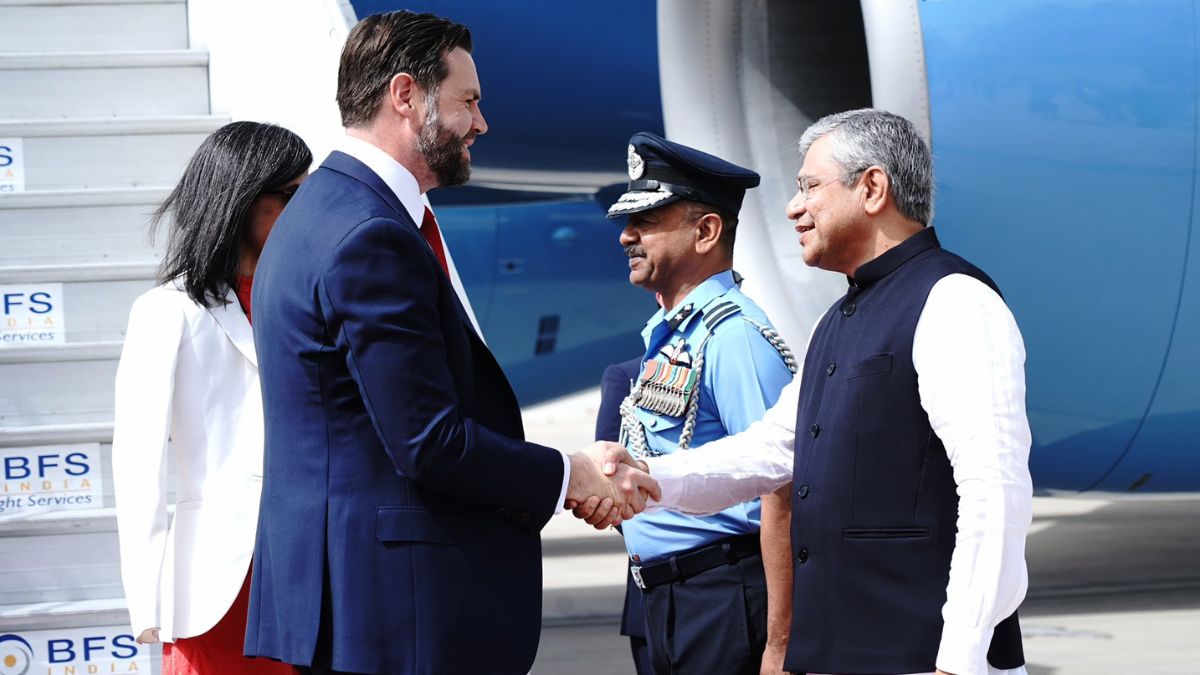)
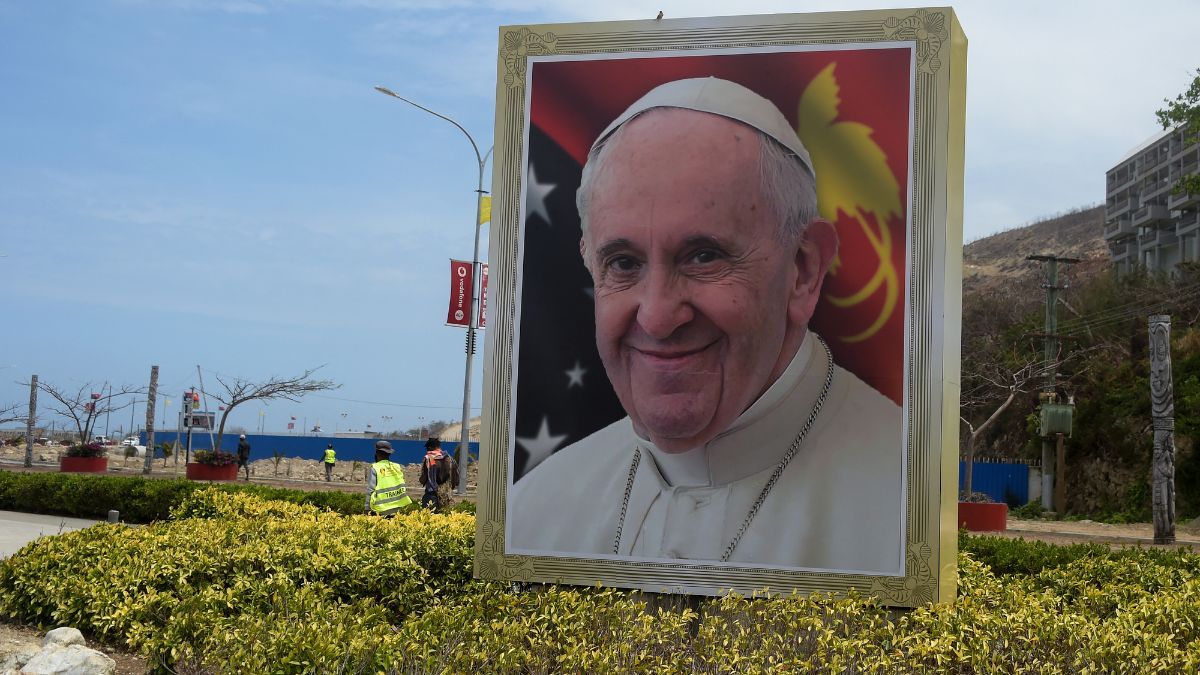)